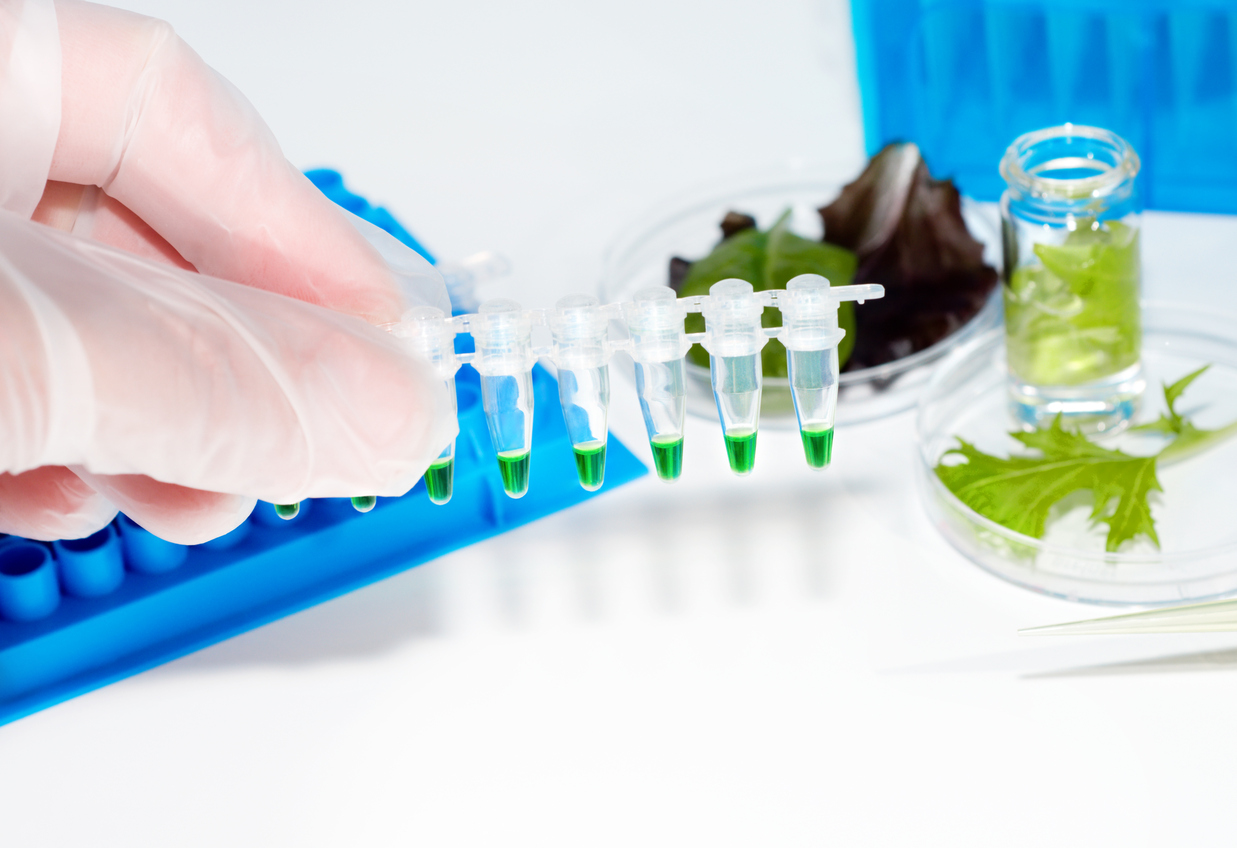
If you’ve ever fallen victim to food poisoning, you probably remember the meal that caused it. But you’re probably not sure which underlying bacteria caused your symptoms and discomfort.
Clostridium perfringens is a common culprit. Caused by a bacteria that thrives at room temperature, C. perfringens commonly affects cafeteria settings, where food is prepared in large batches and served throughout the day.
It’s also appearing at fast casual restaurants where people move through a line, selecting components of their meal from pre-cooked batches of ingredients. In fact, C. perfringens was the cause of a recent incident at an Ohio Chipotle that sickened at least 650 people.
Symptoms of C. perfringens-based food poisoninginclude stomach pains, diarrhea, and vomiting. Although cooking can kill the bacteria itself, high temperatures leave the bacterial spores intact. If food is held at a temperature that’s too warm for cold foods or too cool for warm foods, the spores can regenerate, contaminating the food anew.
This dangerous temperature is often called the “danger zone,” between 40 and 140 degrees Fahrenheit or 4 to 60 degrees Celsius. C. perfringens cannot grow at freezer or refrigerator temperatures. Unsafe food poses the biggest risk to the elderly, children, and people whose health is otherwise compromised.
To avoid C. perfringens contamination, experts recommend keeping food at temperatures of 140 degrees Fahrenheit or above, and refrigerating cold foods immediately rather than allowing them to cool first. Reheated food should be microwaved to an internal temperature of at least 165 degrees Fahrenheit. You can use a food thermometer to ensure that food is initially cooked to a safe temperature and served safely after.
As fast casual restaurants and food delivery apps such as UberEats, Seamless, and Postmates become more popular, it’s important for food to be delivered promptly and kept at an appropriate temperature while in transit.
食中毒を経験したことがある人なら、何を食べて食中毒にかかったかは覚えていることでしょう。でも、その原因となった細菌の種類までは覚えていないかもしれません。
ウェルシュ菌は、食中毒のよくある原因のひとつです。室温を好むバクテリアで、大量に食事を調理して一日中保温しておくカフェテリアのような環境に見られがちです。
また、ファストフード店やカジュアルレストランなどで、利用客が食べ物の並んだカウンターの前を進みながらあらかじめ調理された具や食材を選んでいくスタイルの飲食店でも発生しています。事実、ウェルシュ菌は、オハイオ州のチポトレ・メキシカン・グリルで650人以上が感染した食中毒の原因でした。
ウェルシュ菌による食中毒の症状としては、胃痛、下痢、嘔吐などが挙げられます。加熱調理すればバクテリア自体は殺傷できますが、バクテリアの胞子は残されます。冷たい食べ物にとって温かすぎ、温かい食べ物にとって冷たすぎる温度に保たれると、この胞子が発芽して、再び食品を汚染します。
この危険な温度はしばしば「危険ゾーン」と呼ばれていて、4~60℃です。このため、ウェルシュ菌は冷蔵庫や冷凍庫の温度では増殖しません。危険な食品が最も大きなリスクとなるのは、高齢者、子供、それに健康状態が悪い人です。
ウェルシュ菌の発生を防ぐには、食べ物の温度を60℃以上に保つか、冷蔵する場合は調理後すぐに冷蔵庫に入れて、自然に冷まさないようにすることだと、専門家は推奨しています。温め直す場合は、電子レンジで食品内部の温度が74℃以上になるまで加熱します。調理用温度計を使えば、最初に調理する際と再加熱する際の両方で安全な温度に達したことを確かめることができます。
カジュアルレストランが人気を博し、UberEats、Seamless、Postmatesなどの宅配アプリも利用者層を拡大していることから、食事を調理後すぐに配達し、配達の間も適切な温度に保つことが重要です。
